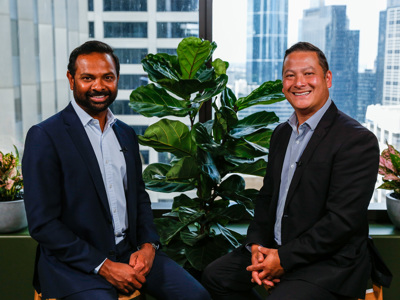Head of Responsible Investment & Real Assets, Dugald Higgins, addresses some fundamental questions on impact investing.
Defining impact – how do you define impact investing? What are investors seeking when they say they want financial impact?
As with all RI issues, this can be very much in the eye of the beholder as well as influenced by the asset class. Put simply, it’s the intention to generate positive measurable social and environmental impact alongside a financial return. At its core however, we believe there are several key characteristics. Firstly, there needs to be intentionality, the intentional desire to contribute to solving social or environmental problems. There also needs to be a measurable social or environmental benefit, and a manager's contribution toward the intended impact. Each of these factors must be interconnected, otherwise its likely any outwardly measurable impact in a portfolio is merely ‘accidental impact’.
How do you demonstrate positive financial and environmental impacts in a public equities/diversified/ fixed income strategy?
There's no universal process for impact measurement. Also, it can be difficult to account adequately for causality, especially where cause and effect relationships are complex. However, some key elements apply:
- What is changing?
- Who is experiencing the change?
- How significant is the change?
- What is the duration of the change?
The metrics used to measure change vary by industry and by issue. Maybe it’s around climate, maybe diversity and inclusion or perhaps education. Tools like IRIS+ or frameworks like the Sustainable Development Goals can help shape impact strategies and the hundreds of issues that impact can be directed to. But it always goes back to the fundamentals, intentionality, having measurable goals and identifying the managers contribution to the impact. While the execution of impact strategies may vary somewhat depending on the nature of the securities i.e. equity vs debt, the fundamentals still apply.
What role does stewardship play in sustainable/impact investing?
When investing in secondary markets, a manager’s contribution to impact is difficult, if not impossible, without stewardship and engagement. There’s a large amount of empirical evidence to suggest that engagement is one of the most reliable mechanisms for delivering impact. Being able to engage in an active dialogue gives managers the opportunity to discuss issues with companies and encourage more sustainable practices as well as creating positive feedback loops that strengthen and sustain change.
What's the role of advisers in reflecting clients’ values and financial goals?
Advisers will each have their own view on this. Our view however is that one of the key roles of the adviser is to be the bridge between the client and their goals. Client priorities on issues across corporate and social responsibility, sustainability and ethics are as varied as their own situations. While a focus on these issues is important, the implications of a narrow view without proper context isn’t always readily apparent. True impact strategies can meaningfully reduce the investment opportunity set for a portfolio to the point that it introduces other systemic or idiosyncratic risks. Having an adviser can bring valuable context to these client conversations. By the same token, advisers should ensure they have access to the right resources to identify where strategies are positioned appropriately to deliver real impact and make sure they aren’t merely engaging in ‘impact washing’. We’re increasingly seeing managers rushing to claim impact traits without adequate frameworks or strategies to deliver on these promises. Advisers and investors need to ensure that fund selection isn’t compromised by managers whose enthusiasm is exceeding their abilities.







